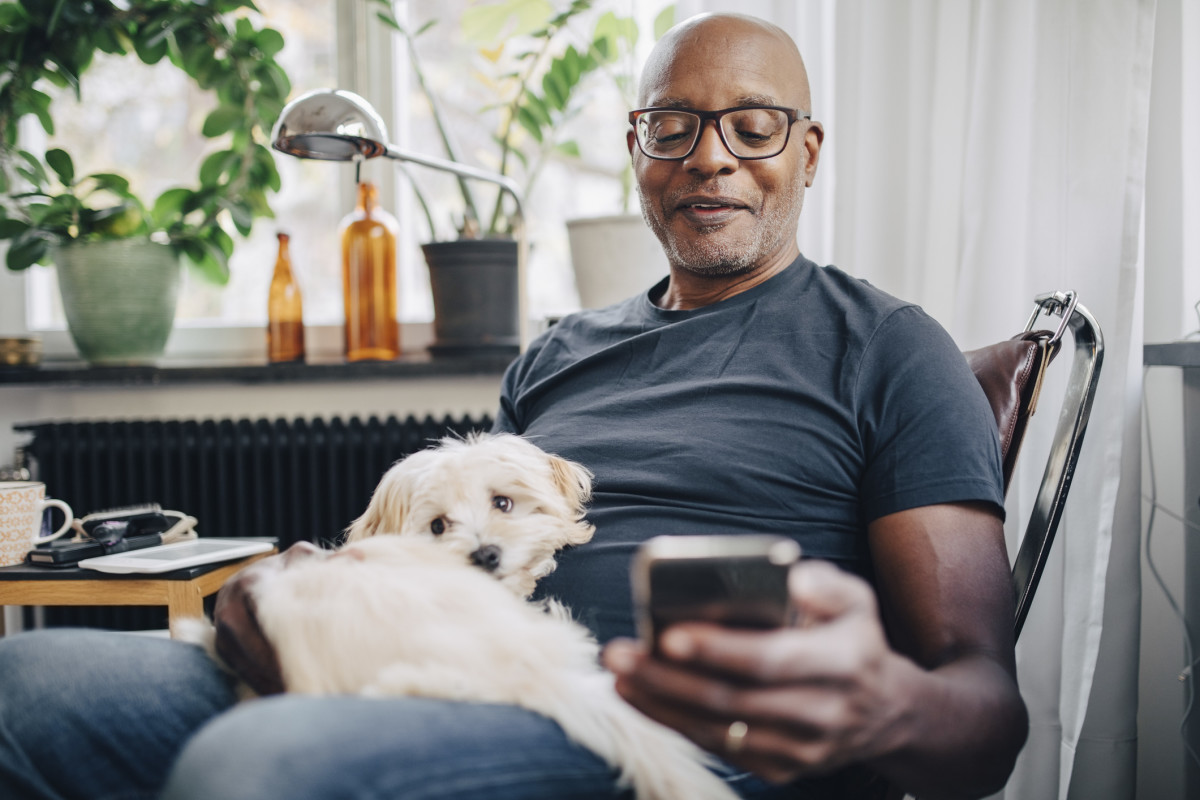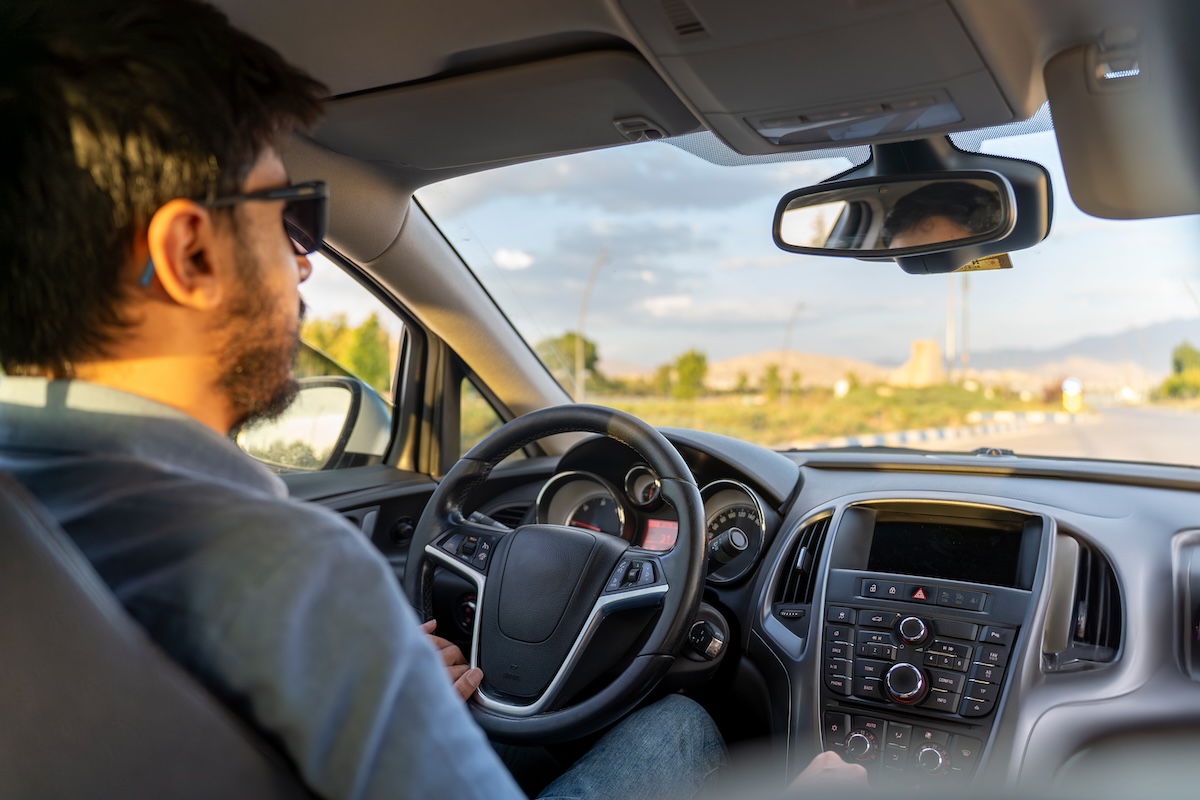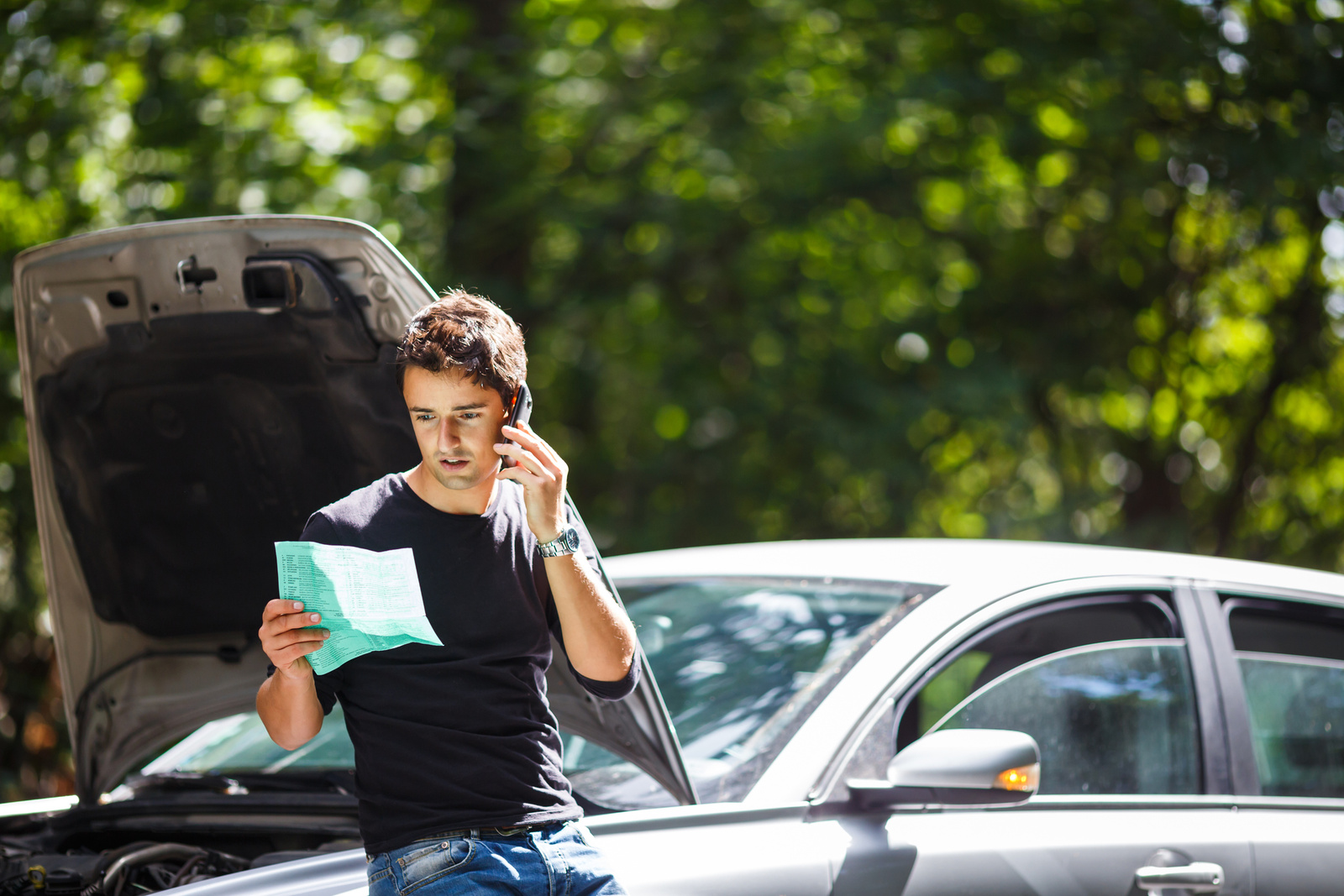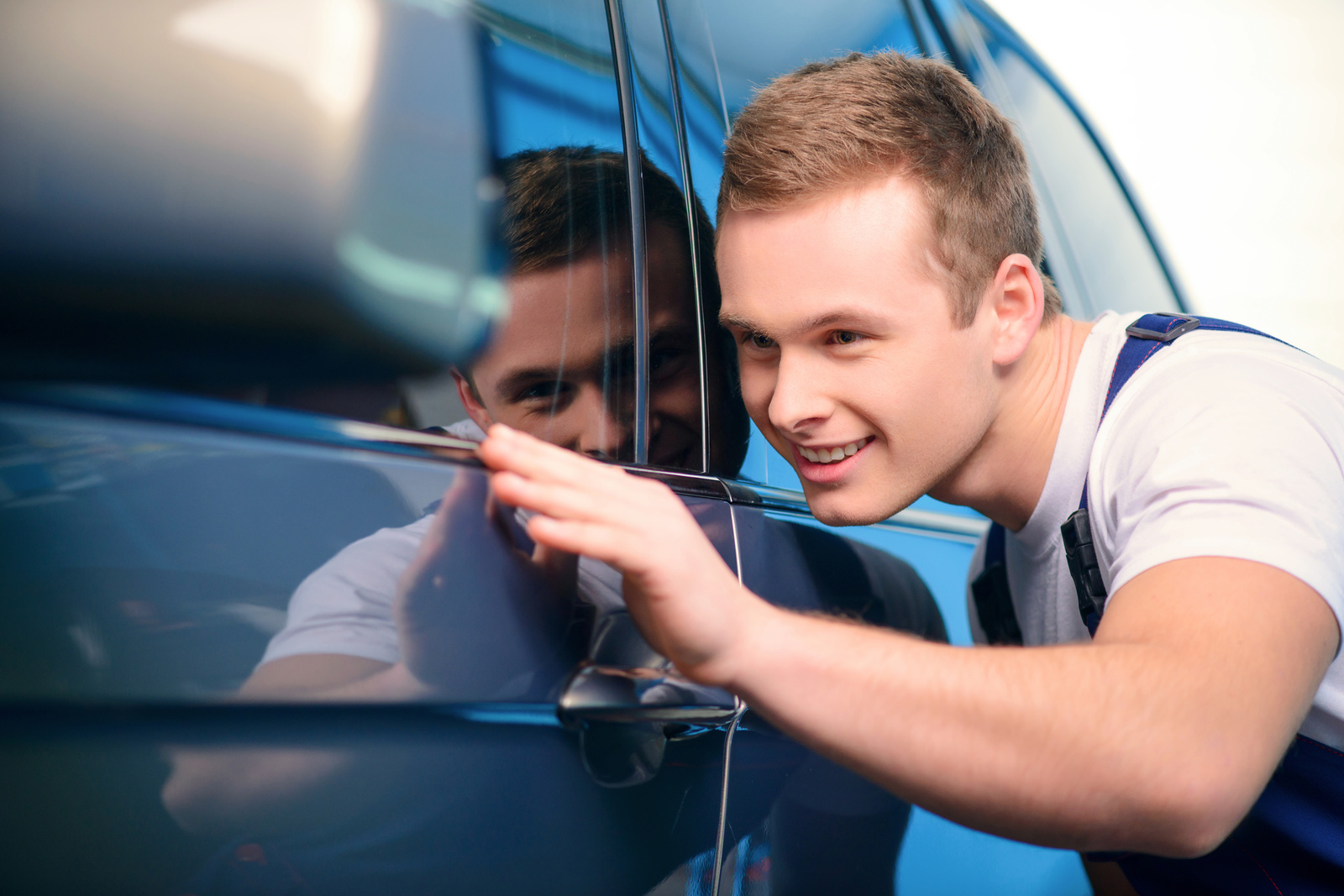CarGurus can help prepare you for your next test drive, a critical step for anyone buying a used car.
Once you have researched which type of used vehicle best fits your wants and needs, determined your budget, and found what could be the one, it’s time to get in the driver’s seat and hit the road.
Knowing what to do and inspect before and during a new or used car test drive may help provide a reason to negotiate a lower price or, on the flip side, peace of mind knowing that it is priced reasonably.
Here are five things that you’ll want to do before and during the test drive, a major part of the checklist for buying a used car, perhaps more important than it would be for a new car.
5 Things To Do When Test-Driving a Used Car
- Call Ahead to Confirm Availability
- Request a Vehicle History Report
- Push All of the Car’s Buttons
- Thoroughly Test Drive the Car
- Ask Questions

Call Ahead to Confirm Availability
Coordinating a visit with a car dealership is an important first step toward the test-drive process. Not only can you confirm that the car is in stock, you may be able to pick when you drive it. Look ahead for a sunny day when you can take the used car out in the light to inspect it thoroughly. If there’s rain in the forecast, consider avoiding those days as you won’t be able to see imperfections in the paint.
This also allows the dealership time to prepare the vehicle and put together any necessary paperwork.

Request a Vehicle History Report
AutoCheck and CarFax vehicle history reports can tell you a lot about a car’s story. Knowing how to use that information is just as critical.
You’ll want to look for a regular history of servicing, preferably by a reputable shop or a brand specialist. Note, however, that only the work performed at businesses will be noted, and even then some shops don’t provide CarFax with data. Services performed by a previous owner (or even a shade-tree mechanic) won’t be noted on the CarFax report.
The report will also indicate any reported accidents along with a general location of the damage on the vehicle and a description of the severity. Both categorizations are open to a significant amount of ambiguity but, if nothing else, they should prompt a more thorough in-person inspection of the car. The vehicle history report can also tell you if there is any warranty remaining on this used car.
It won’t give you everything you need, but an ideal vehicle history report shows consistent maintenance services, no accidents, and few prior owners. In some cases, the seller may have had a pre-purchase inspection completed, which will provide an independent assessment of the car’s condition. If one was completed, call the shop that completed it to verify what it says.

Push All of the Car’s Buttons
Today’s used cars can pack a lot of features — some of which can be buried several menus deep within a central touchscreen. Don’t be afraid to try everything out while you are still in the parking lot. Ask the used car salesperson to clear up anything you don’t understand.
Before you even get started, take a look under the hood and check the fluid levels. Fire the engine up and listen carefully for any loud ticking or knocking, which could indicate an internal problem, or squealing, which could also be a red flag.
Turn on the air-conditioning system and confirm it blows cold. Cycle the fan speed and the outlet direction while listening for abnormal noises. Confirm the vents move smoothly and hold their set position and that no abnormal smells are coming from the system. You should then switch the climate control system to blow hot air.
Play with the infotainment system to understand its layout and functionality. Work through common selections, run through the audio inputs, and, last but certainly not least, give the audio system a run for its money to see if it performs as you had hoped. Make sure your mobile phone pairs with Bluetooth. And continue to let your inner child go wild by playing with the sunroof, windows, door locks, mirrors, seat positions, steering wheel buttons, seatbelts, back seats, cubby doors, wipers and every surface you can reach with your fingers. Make note of any abnormal noises, movements, or imperfections.
Make sure you look over every body panel, noting any damage, mismatched colors, dents or dings.

Thoroughly Test Drive the Car
At last, the test drive. Ensure you are comfortable and have adjusted every item to your liking. Be sure to turn off the radio and focus on how the car drives.
From a stop, get a sense of how responsive it is. Does it accelerate smoothly? Does it feel powerful enough? Is it as loud or quiet as you expected? Did any warning lights illuminate on the dash?
Get a feel for how the suspension responds to small ripples and big bumps, and listen for squeaks, rattles, and unusual noises. Think about the action of the brake pedal, and if the car stays in a straight line or wanders at highway speeds or under braking. Listen for any strange noises. Consider how good or restricted outward visibility is and whether there are sizable blind spots.
Ultimately, you’re tasked with evaluating whether the car is in good condition and whether or not you really like it. If the seats are uncomfortable or the visibility is poor on the test drive — well, it’s not going to get any better if you buy it.
After collecting the impressions from the dynamic part of the test drive and returning to the dealership, perform a walk-around and even check under the hood for leaks or odd smells.

Ask Questions
Once settled back at the dealership, it is time to ask specific questions. The dealership may be able to answer your concerns or questions about feature operation. Ask if there are any concerns about the car passing an emissions test. If the car has visited the dealership before, or was a trade-in, they may even have access to service records. And it’s always worth asking the dealership if they did any service to prepare the car for sale. Maintenance they performed, such as tire or brake component replacement, may add extra value to the car.
The used car test drive is a critical part of the car shopping process.



